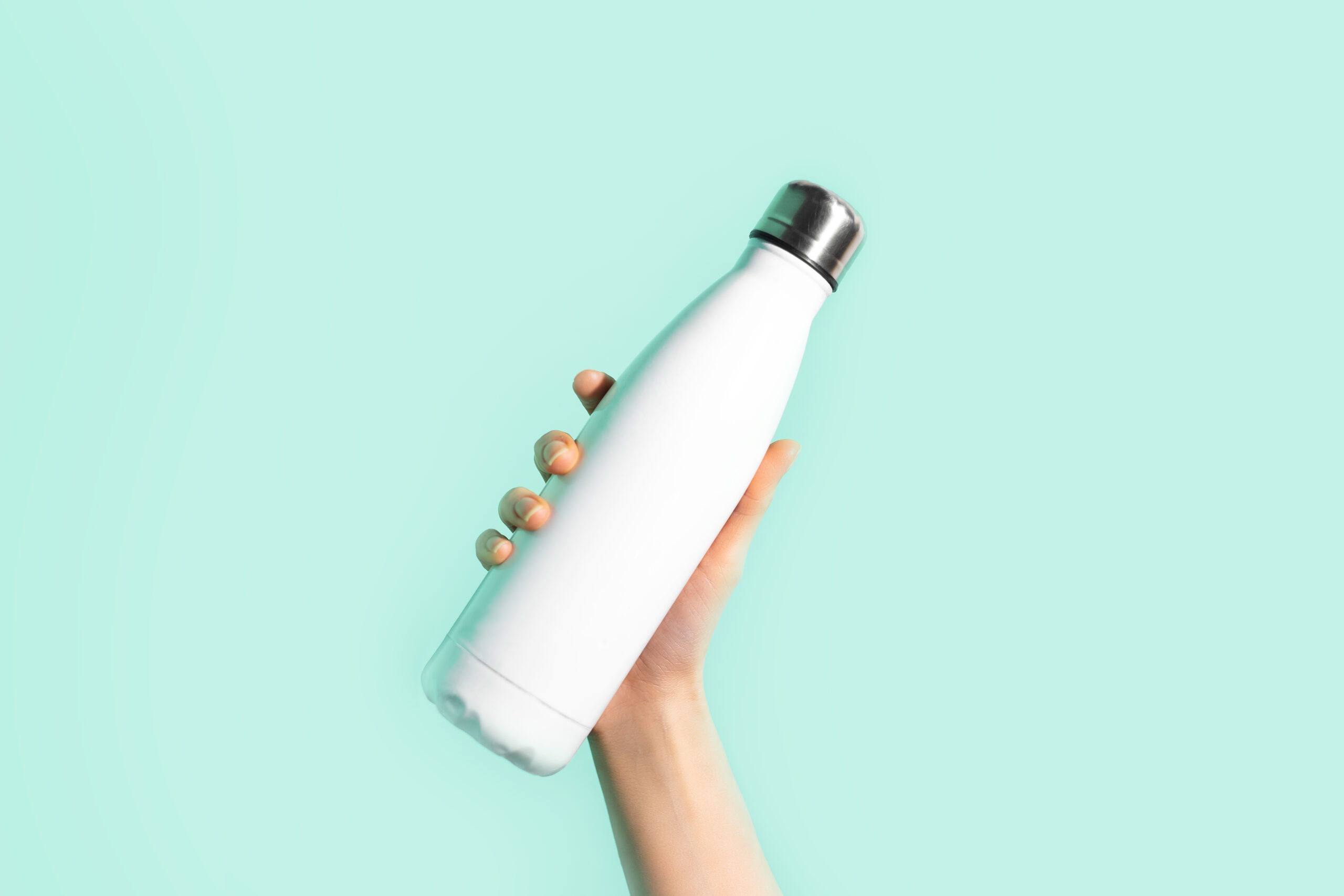When the “Stanley Cup” craze arrived, we heaved a heavy sigh. This again? We’ve seen the Hydro Flasks, S’wells and Corkcicles come and go and, to all external eyes, it seemed like this was the same new same old. But then we read around a little more and realized one key part of their appeal: their collectability. “They aren’t that great,” Caroline Moss, the founder and host of podcast Gee Thanks, Just Bought It, told Vox writer Alex Abad-Santos. “But they are pretty. And that’s all trends really seek: is this thing moderately useful, and does it look good?”
Hold up though: isn’t one of the purposes of a reusable water cup that it should be, you know, reused, thus eliminating waste? Likewise the Trader Joe mini tote bags that went viral a minute ago. So surely this over-consumption is in direct contravention of the products’ purpose?
Yes, of course, but it’s even more complicated than that. “With some items we’re choosing that we think are sustainable, sometimes there may be some kind of hidden trade-off,” says Dr. Katherine White, a professor specializing in sustainability and consumer insights at UBC. “So maybe your tote bag is recycled or made of bamboo, which is a sustainable attribute, but the company or brand producing it isn’t highlighting all its attributes, such as where it was sourced from, how it got to where it is now and the chemicals, energy and work that went into producing it.”
There’s also our usage of products. “With the plastic bag ban, something that happened in the U.K. is that people started using reusable bags as though they were disposable—you forget your bag, you buy another one,” Dr. White says. “There are more materials, energy and chemicals going into that—so that’s worse than just having the disposable one.”
And, she says, there’s also a psychological phenomenon known as the “licensing effect,” where you did something good like using your reusable cup instead of buying a disposable one, so you feel “licensed” to do something less sustainable later. “It’s like a reward for previous ethical or moral behaviour, where you let yourself off the hook,” she explains.
That said, perfection can be the enemy of the good. “If you’re vegan but wear leather boots it can be perceived that you’re worse than someone who isn’t vegan at all. This kind of attitude is a problem,” says Dr. White.
It’s far better to look for manageable goals. “You can go veggie five days a week,” she says. “Some people find it daunting to think of riding their bike to work every day, but more people would start if it was three days a week.” And she suggests focusing your efforts in three areas: transportation (how you get to work or school and how many flights you take); food (moving toward a more plant-based diet and reducing red meat) and how you heat and cool your home (alternative sources such as heat pumps).
And then we all need to think about whether we need to tickle our consumerist interests—buying secondhand instead of new, sharing products with neighbours instead of having our own or just buying stuff we don’t need because of the trend cycle. “It is getting more fashionable to be sustainable,” she says. “There is an increasing culture where it’s OK or even trendy and socially approved of to go thrifting, so doing that and talking about it so it becomes a social norm is good.”
And what of your Stanley Cup? “In a best-case scenario, most things that are reusable, it’s about how it gets used,” says Dr. White. “If you used it once or twice and get into that consumer cycle of buying more, that’s a problem. But if you use it long enough, it eventually becomes the more sustainable choice.” —Aileen Lalor

Be the first to comment